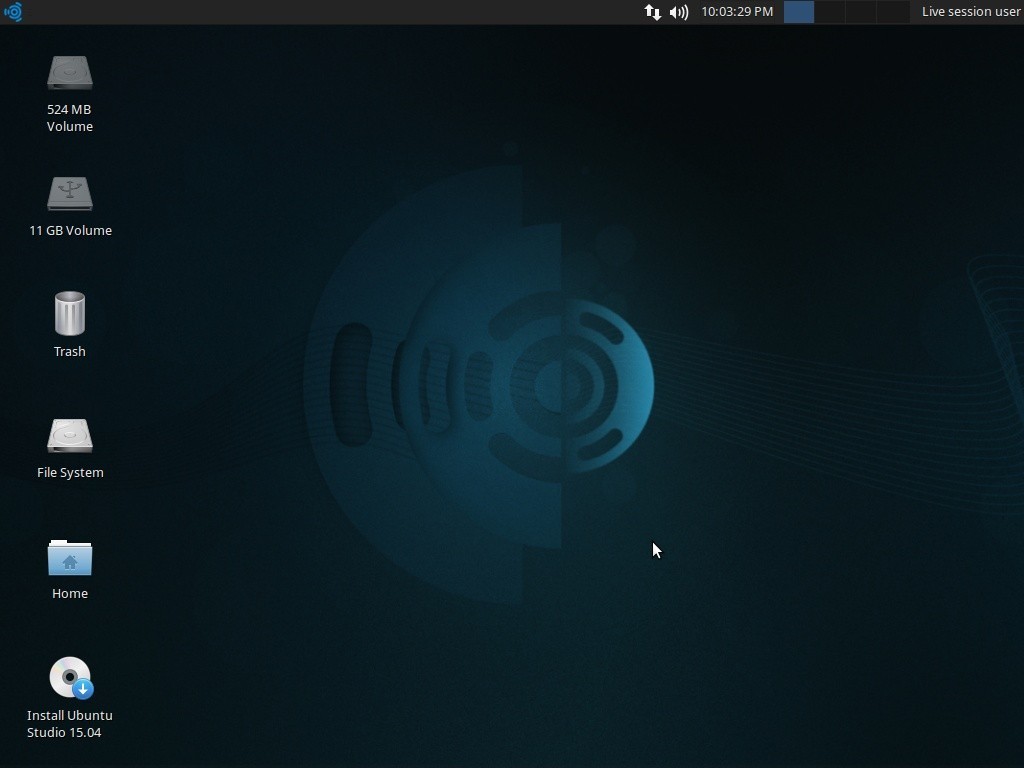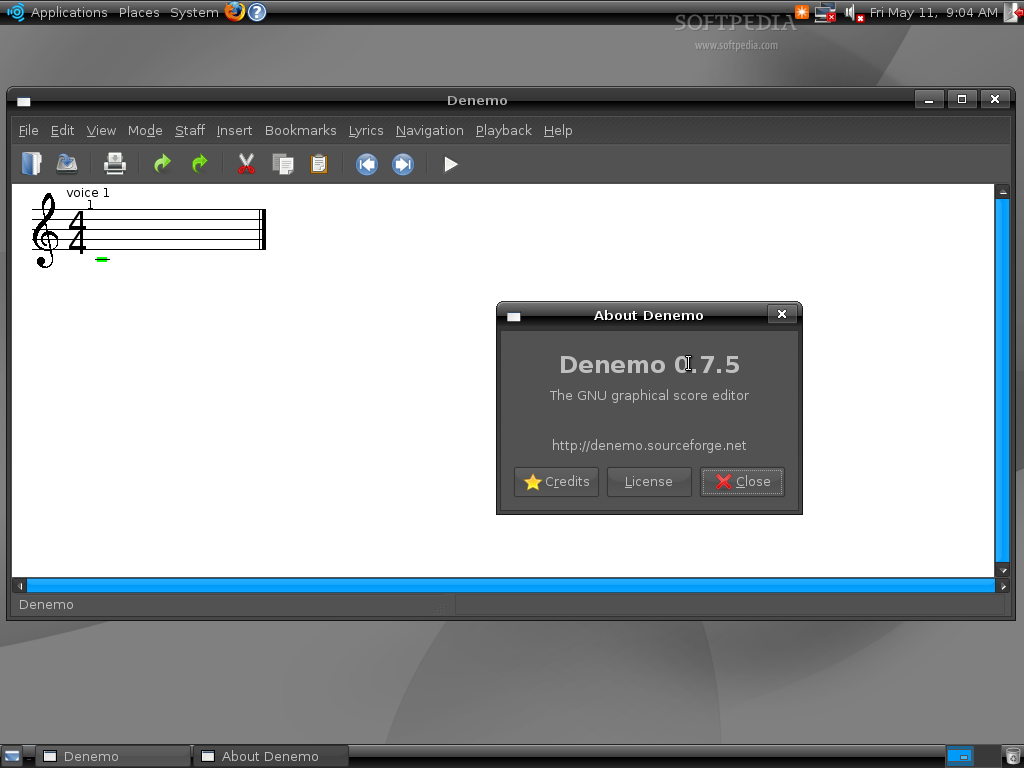

I use XFCE as the DE since it's the most stable/fast-responding DE that I've tried, and I set my panel to be more like Windows 7-ish (although customized for icons, color, etc.) Anyway you can read up on different "dock" applications and choose one. I dislike the mac-style menu at the bottom so that's never been a concern for me. I doubt there's anything very specific in Elementary that can't be done in other distros.

You can search "how to make Ubuntu look like Mac" and you'll find info specific to that distro (as an example). So if Gnome is more your preference, find a distro that has a Gnome variant/flavor/spin/edition (whatever they call it). If you don't do that, swapping DEs can be a pain, involving possible things that need resolving (which may confuse you). You can configure most distros to look like another that you prefer, but it's best to start with a distro variant/edition that already has the desktop environment (DE) that you prefer. (In Manjaro, I don't need to use KXstudio since most of that stuff is already in the main repo.)

KXstudio repo can be used in most distros, so that shouldn't be an issue. KXstudio repo is probably what you're most interested in, not whether there's anything "extra" in Ubuntu Studio's repo.
#UBUNTU STUDIO PLUS#
That includes Jack, and whatever configuration for Jack that's recommended, plus some other tools for managing the audio system a bit more easily. I think Ubuntu Studio's repo is basically just Ubuntu's repo, and the deal with Ubuntu Studio is that it's more "set up already" for DAW use. You can check your kernel by entering this in Terminal: "uname -a" (if it shows "PREEMPT", it's a low latency kernel).

At least with Manjaro, the generic kernel is low latency as of that version.
#UBUNTU STUDIO INSTALL#
The steps are the same for all of them.Īs of kernel 5.10, you may not even need to install a low latency kernel either. I currently use Manjaro, but I've used various Ubuntu-based and Debian-based distros. Here's what I do in terms of configuring the distro for low latency audio use in Reaper (it's just a couple things that you'd do in any OS, plus a possible kernel swap). I don't need Jack since I use ALSA (I don't use anything "outside" Reaper that I need to "connect it to"), so I also don't need any unusual distro configuration to be done. they're not maintained as much as mainstream and common distros (I want up-to-date kernels and software), and I don't use audio-specific distros since:
#UBUNTU STUDIO SOFTWARE#
The good part is: most distros will work fine for DAW use, and probably won't require much configuration.unless you want to run all possible Linux DAW software (which you may not). It's either that or it's going to be "do what I do" suggestions, and people's opinions will vary a lot. So don't be too offended by that suggestion. Part of that is the fact you can do it (whereas other OSes give you "it's this way or nothing" as an option), and the curiosity that comes with it. You'll probably end up switching distros at some point, and soon, no matter which one you start with. The recommendation of trying distros may seem flippant, but there's something to be said about it.


 0 kommentar(er)
0 kommentar(er)
